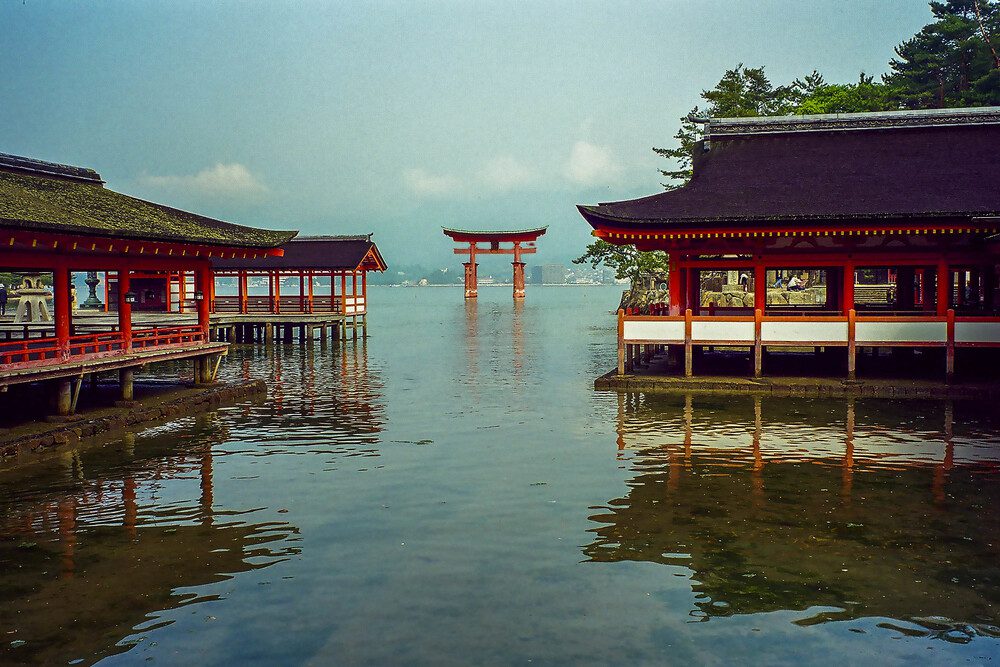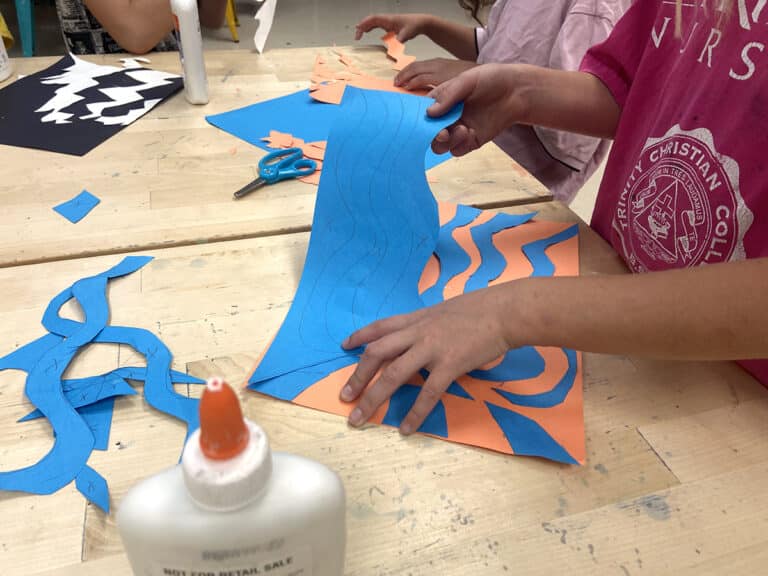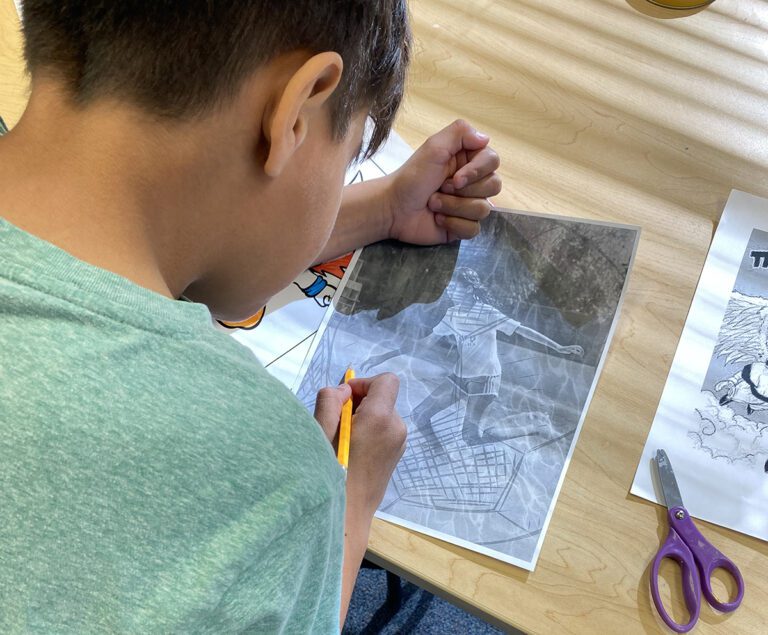Architecture has come a long way from early post and lintel structures and cave dwellings. It has developed into a refined category of art that starts with plans on paper or computer and becomes a three-dimensional reality. Architectural structures serve many purposes: a place of worship, a home to live in, buildings for work or recreation, and monuments.
Places built centuries ago that still exist stretch through the vast corners of this earth. Some are still hidden or have secrets we may never know about. This is especially true of structures that infuse nature. Some use natural materials. Some are carved into rock faces, positioned around a natural formation, or in a specific location for a greater purpose. These examples will captivate your student artists and coordinate well with the Exploring Architecture Collection in FLEX Curriculum.
Keep reading for five famous architectural landmarks with a tie-in to the natural world, perfect for piquing your students’ interest!
1. Petra
Located in present-day Jordan, Petra was a well-established city claimed by people known as the Nabataeans. Over 2,000 years old, this ancient site became a hub for trading between Arabia, Egypt, and Syria-Phoenicia. Unfortunately, Petra was struck by an earthquake in 383 CE, which damaged its water infrastructure, causing the city dwellers to abandon these beautiful structures.
The city itself is well protected because one of the main entrances is inside a gorge of Mount Hor. Nestled inside and among its red rock faces are buildings carved from the cliff sides. This impressive method of building is rock-cut architecture. The most famous example of this is Petra’s treasury, or El-Khazneh. It may look familiar as this site appeared in the famous action movie Indiana Jones and the Last Crusade.
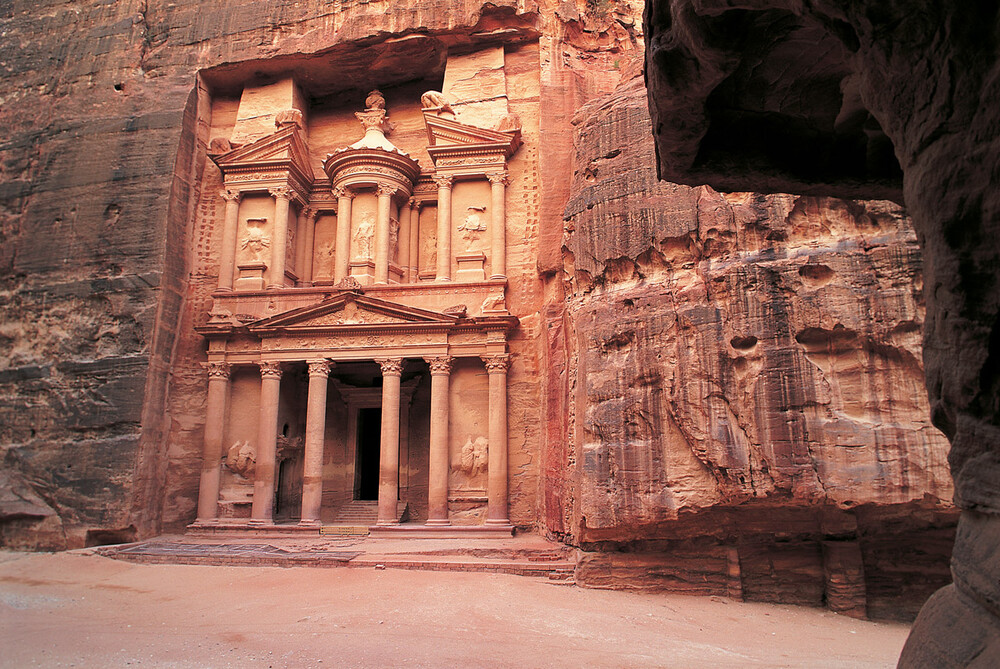
2. Falling Water by Frank Llyod Wright
This quote is from famed architect Frank Lloyd Wright, and it shows the connection between his designs and nature. This is evident in one of the most famous architectural pieces ever, Falling Water, also known as the Kaufmann House. It’s in Mill Run, Pennsylvania, directly on a stream known as Bear Run. Started in 1935 and completed in 1937, this residential Usonian home utilizes local sandstone inside and out and plenty of glass to create unity with the surrounding woods. This is further enhanced by the cantilever-style overhangs integrated into the actual rock bed of the creek, allowing the waterfall to cascade below it. It appears as if the structure was always there, part of the landscape.
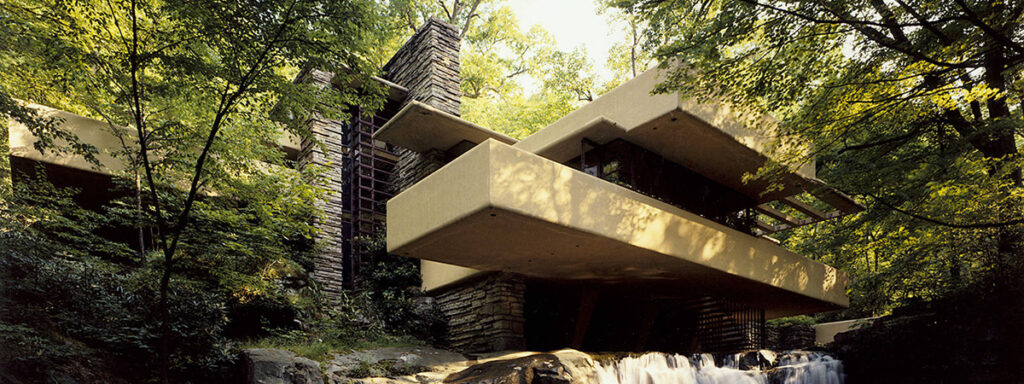
3. Angkor Wat
A temple complex built by King Suryavarman II in the jungles of Cambodia in Siem Reap, Angkor Wat has stood since the 12th century. Originally dedicated to the Hindu god Vishnu, the temple has hundreds of bas-relief sculptures and covers over 203 acres. In the 13th century, Angkor Wat’s temple was dedicated to Buddhism after the national religious conversion. Therefore, some sculptures and adorations replaced originally Hindu pieces.
The temple complex is mainly sandstone and has a sand and rock foundation that is covered in laterite soil and cut. Unfortunately, years of neglect in a remote Cambodian jungle have caused much deterioration to the sacred temples. One in particular, Ta Prohm, has been overtaken by Banyan trees. Nonetheless, Angkor Wat remains a stunning example of Khmer architecture and provides a sublime experience of two religious realms!
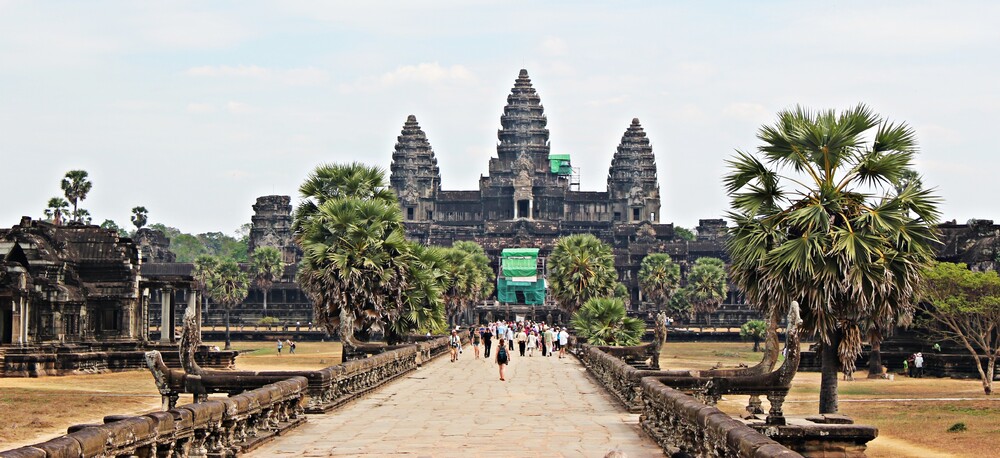
4. Stonehenge and Woodhenge
Stonehenge, one of the world’s most recognizable structures, has laid claim to many mysteries for over 5,000 years. Several large stones are in a circle, built in the simplest form of architecture known as post and lintel construction. What it lacks in formality, it gains in function and material. The site aligns with the sunrise during the summer solstice and sunset during the winter solstice, a phenomenon known as archeoastronomy. A still largely unanswered question is how did the stones get there? Some of the bigger stones, known as sarsens, weigh over 25 tons! The smaller blue stones came from some 140 miles away from the site.
More enigmatic is Woodhenge, a site built roughly around the same time as Stonehenge, only two miles away. Similar in style, Woodhenge consists of six concentric circles made of vertical timbers or posts and aligns with the summer solstice. Its purpose and a possible link to Stonehenge are unknown, but some experts believe each site could have served different purposes at different times of the year. This may have been for various ceremonies, rituals, celebrations, timekeeping, and funerary rites.

5. Itsukushima Shrine
Constructed in the 6th century, Itsukushima Shrine is one of the most popular and sacred pieces of architecture in the world. It is named after the island it’s located on, now renamed Miyajima. It is a Shinto shrine that evokes the pinnacle of shinden-zukuri design.
The landmark is dedicated to the three daughters of the Shinto god of the sea, Susanoo-no-Mikoto. The complex has 17 structures and two main buildings: the Honsha shrine and Sessha Marodo-jinja. But the piece-de-resistance of the complex is the torii gate that appears to float in the middle of the water. Torii gates are a Shinto practice to communicate to passersby they are entering sacred ground. In fact, the land is so sacred that it does not possess a single cemetery or hospital. During low tide, some visitors travel out to the gate for a closer look!
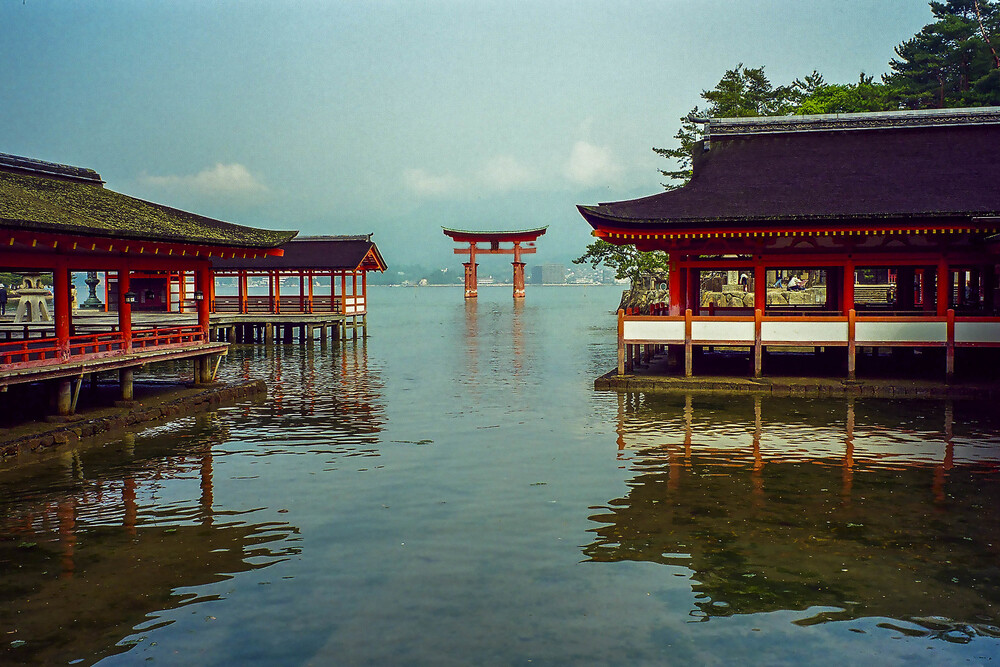
These architectural gems barely scratch the surface of works with a natural component. The various examples above can be class discussion starters and inspire students in how they can create or understand architectural works with an eco twist. Talk about the natural materials used and how they interact with the structure’s design and function. Examining these works of art can equip our students with the knowledge they need to become the builders of tomorrow!
Which architectural feature is your favorite?
What famous architectural piece with a natural component would you add to this list?
Magazine articles and podcasts are opinions of professional education contributors and do not necessarily represent the position of the Art of Education University (AOEU) or its academic offerings. Contributors use terms in the way they are most often talked about in the scope of their educational experiences.
